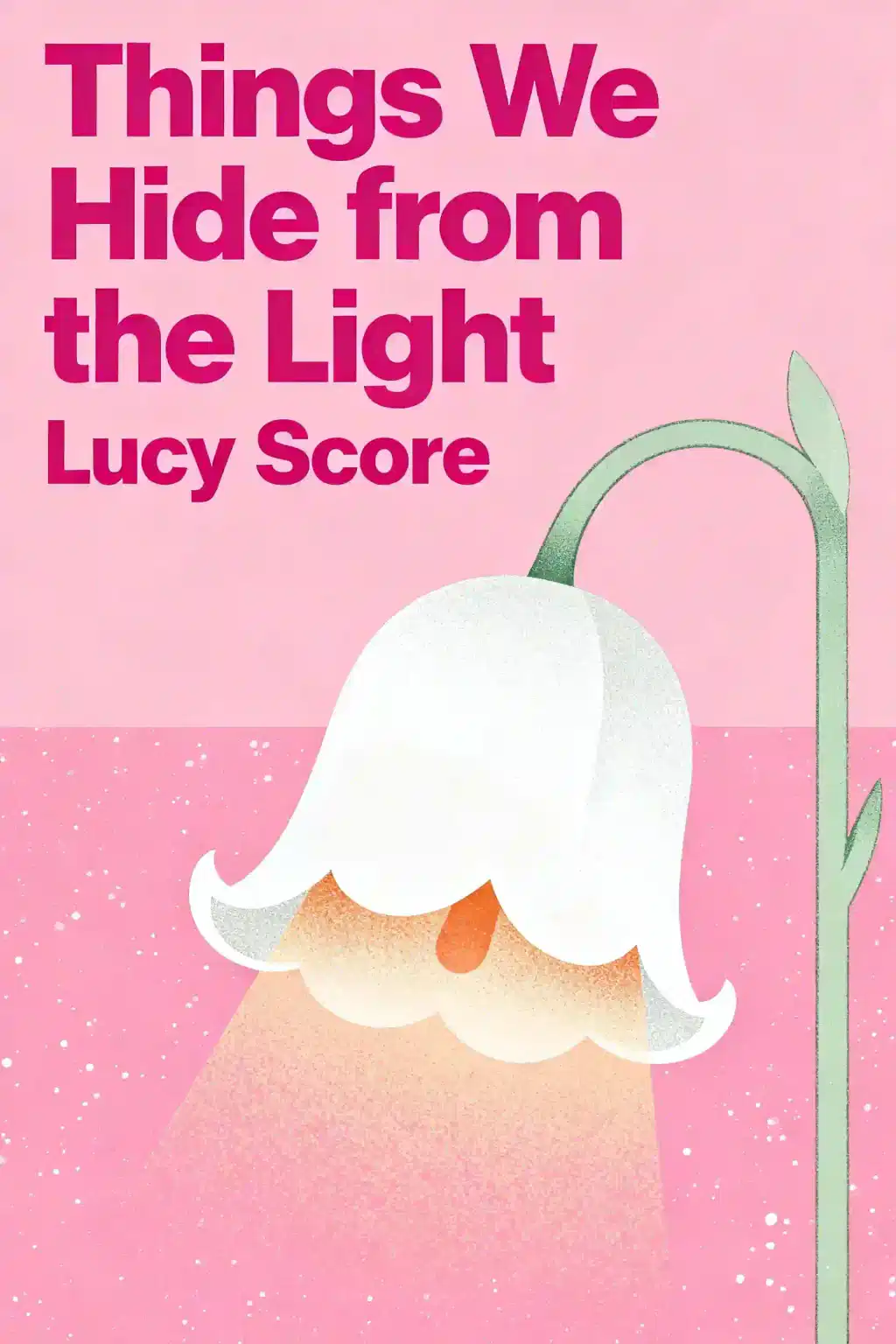What is Hidden Places by Lynn Austin about?
Hidden Places by Lynn Austin follows Eliza Wyatt, a young widow in 1930s Depression-era Michigan struggling to save her family's apple orchard with three children and mounting debts. When a mysterious hobo named Gabe arrives seeking shelter, he becomes an unexpected help around the farm. The novel explores themes of hidden pasts, redemption, and second chances as both Eliza and Gabe conceal secrets that could change everything.
Who is Lynn Austin and what is she known for?
Lynn Austin is an award-winning American author of Christian historical fiction who holds the record for most Christy Awards won with eight total wins. Born in 1949, she was one of the first inductees into the Christy Award Hall of Fame and has sold over 1.5 million books worldwide. Austin is recognized for creating strong female characters who find strength through faith and for thoroughly researching historical periods through diaries and firsthand accounts.
Who should read Hidden Places by Lynn Austin?
Hidden Places appeals to readers who enjoy Christian historical fiction with strong female protagonists, Depression-era stories, and redemptive romance. Fans of Hallmark Channel movies, inspirational literature about overcoming hardship through faith, and family-centered narratives will find it particularly engaging. The novel suits those seeking hopeful stories about resilience, forgiveness, and the power of family bonds during difficult times without requiring a hero to rescue the heroine.
Is Hidden Places by Lynn Austin worth reading?
Hidden Places is worth reading for those who appreciate faith-based historical fiction with emotional depth and character-driven plots. The novel balances romance, mystery, and family dynamics while exploring universal themes of trust, redemption, and belonging. Its success led to a Hallmark Channel adaptation, demonstrating its widespread appeal. However, readers preferring secular fiction or faster-paced plots may find the Christian messaging and gradual storytelling less engaging.
What is the main conflict in Hidden Places by Lynn Austin?
The central conflict in Hidden Places revolves around Eliza Wyatt's desperate fight to save Wyatt Orchards after losing both her husband and father-in-law during the Great Depression. With no farming experience, three young children, and mounting debts, she faces community doubt about her abilities. The arrival of mysterious hobo Gabe Harper introduces additional tension as both harbor hidden pasts that threaten the farm's future and their growing relationship.
What are the major themes in Hidden Places by Lynn Austin?
Hidden Places explores redemption and forgiveness as both Eliza and Gabe carry guilt from their pasts and seek fresh starts. The novel examines family bonds, questioning who truly constitutes family beyond blood relations. Trust and vulnerability emerge as characters must decide whether to reveal their secrets. Additional themes include resilience during hardship, faith in difficult times, and the healing power of love and acceptance in Depression-era America.
Was Hidden Places by Lynn Austin adapted into a movie?
Yes, Hidden Places by Lynn Austin was adapted into a Hallmark Channel Original Movie starring acclaimed actress Shirley Jones. The film adaptation brought the Depression-era romance and themes of redemption to television audiences, contributing to Lynn Austin's recognition beyond the literary world. This adaptation represents one of Austin's most commercially successful works and helped establish her reputation for creating emotionally resonant stories suitable for family-friendly viewing.
What happens to Gabe in Hidden Places by Lynn Austin?
Gabe's true identity is revealed when he confesses to being Gabriel Harper, not Matthew Wyatt as suspected. He explains his friendship with the real Matthew Wyatt during the war and his guilt-driven decision to assume Matthew's identity. After initially leaving the farm following his confession, Gabe returns seeking forgiveness and explains his motivations. Eliza forgives him, recognizing his love and sacrifice, and they marry, creating a loving home together with her children and Aunt Batty.
What is Eliza Wyatt's hidden past in Hidden Places?
Eliza Wyatt harbors a secret background that she never revealed to anyone, including her late husband Sam. The novel emphasizes that her deep yearning for home led her to Wyatt Orchards ten years before the story begins, suggesting a troubled or unstable past. Her hidden history parallels Gabe's concealed identity, creating a shared understanding between them. This secret motivates her fierce determination to keep the orchard as it represents the only true home she has ever known.
How does Hidden Places by Lynn Austin portray Depression-era life?
Hidden Places authentically depicts 1930s Depression-era struggles through Eliza's mounting debts, inability to sell property due to economic collapse, and reliance on hobos seeking work for meals. Lynn Austin researched the period using diaries and firsthand accounts to portray the harsh realities of farm life, including severe weather challenges, community skepticism toward women farmers, and the desperate circumstances that led transient workers to travel seeking employment and basic necessities.
What role does Aunt Batty play in Hidden Places by Lynn Austin?
Aunt Batty (Betty), initially dismissed as mentally unstable and called "Aunt Batty" mockingly, moves into Wyatt Orchards after her roof caves in during heavy snowfall. Despite perceptions about her mental state, she proves to be an able and reliable helper around the house. Her character demonstrates the novel's theme that family extends beyond blood relations and challenges assumptions about people dismissed by society. Her presence provides crucial support for Eliza's household management during crisis.
What is the significance of Wyatt Orchards in Hidden Places?
Wyatt Orchards represents home, belonging, and identity for Eliza, who lacked stability before arriving there. The apple farm symbolizes her determination to create lasting security for her children despite overwhelming obstacles. Initially a burden during the Depression, the orchard transforms into a place of joy and renewal after Gabe's arrival. The farm's salvation parallels the characters' personal redemption, making it a central symbol of hope, family legacy, and the rewards of perseverance through faith.














